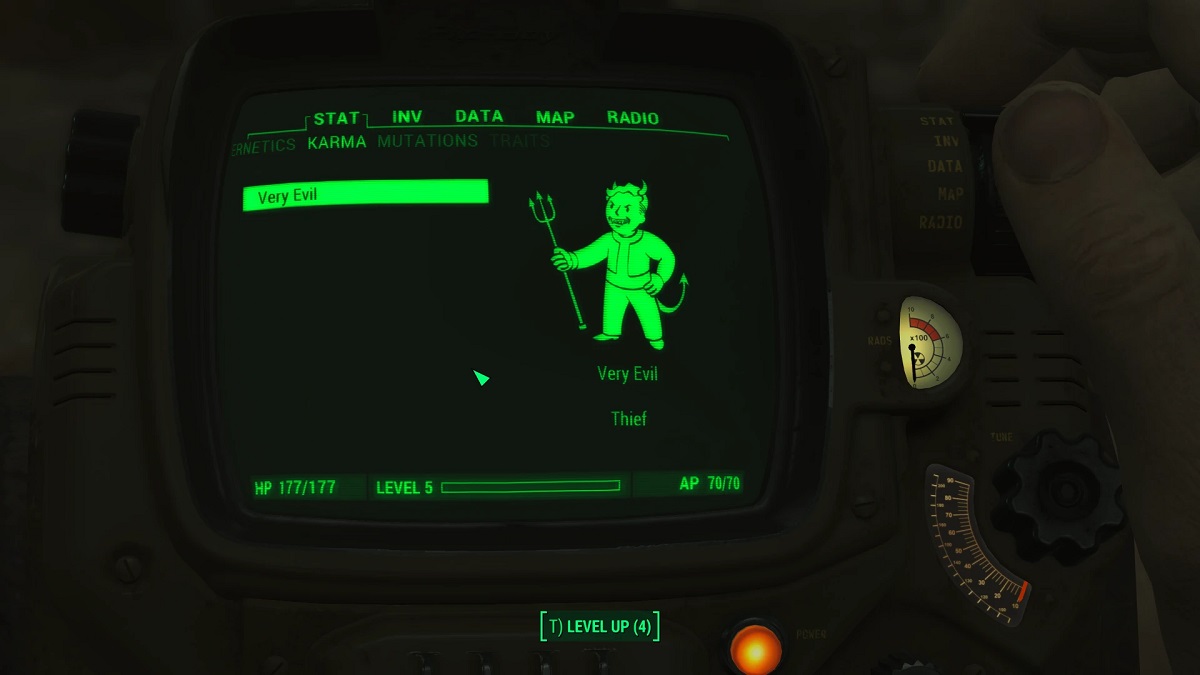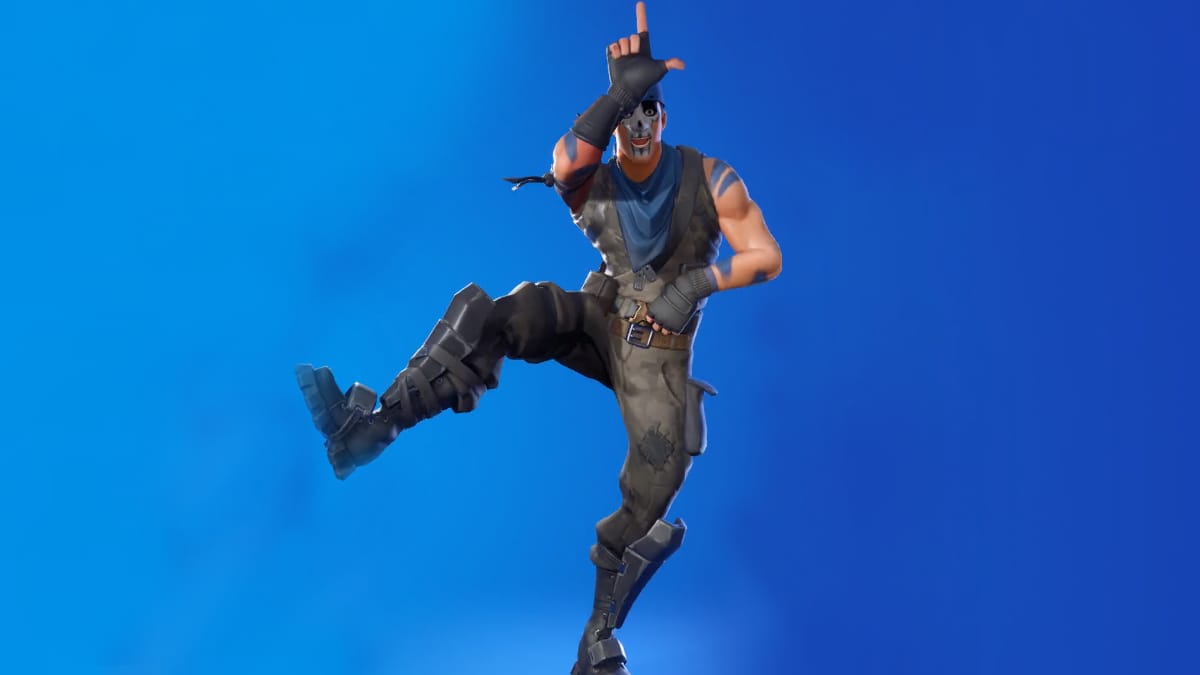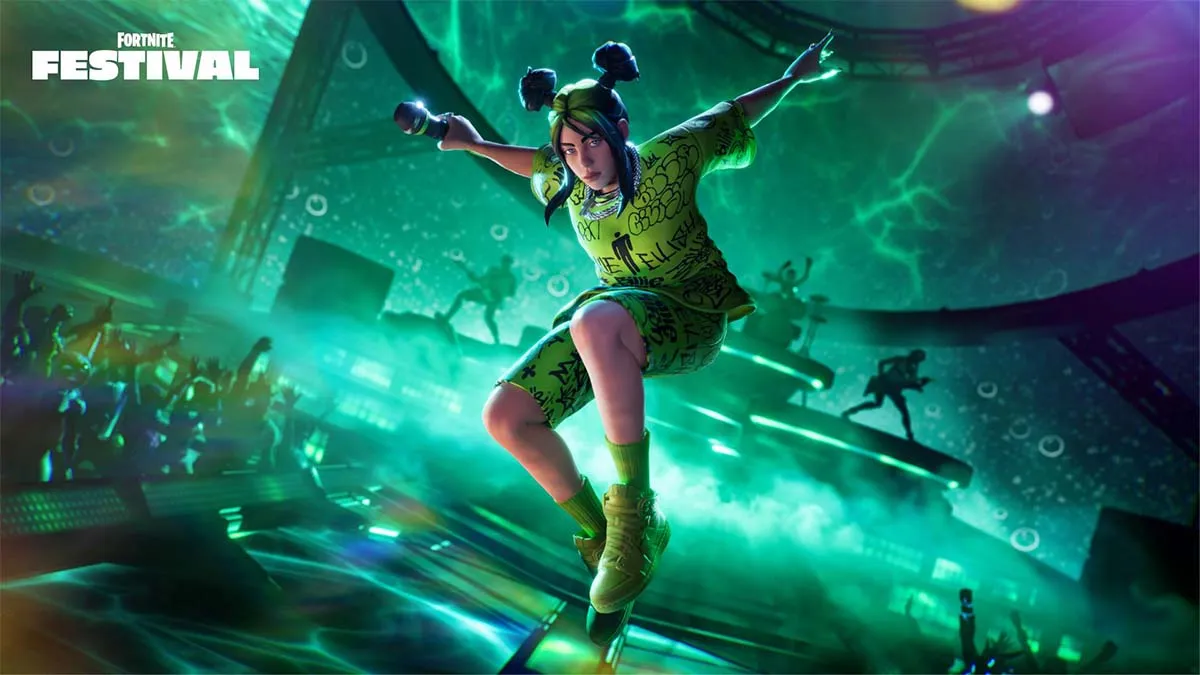Promoted from our Community Blogs
[There are not many feelings in this world, besides sex, that are as satisfying as besting an enemy that genuinely tests your skill. When you come out on top, you feel like a total badass. Not because it was easy but because it wasn’t. Mah dude, Dango, totally gets it. Rip and tear, fart and swear, lose and glare, but keep on trying because the challenge is there. The rewards are a weight lifted off your shoulders. You beat that chump, and you’ve earned that victory. For like, five whole seconds, you’re a total rock star. Then you realize that there are more of them. In fact, the whole level is filled with them… Mixed feelings of terror and lust lead to a crooked smile. This is going to be fun. – Kevin]
Soldiers. Zombies. Aliens. Worms with cheese hats. Little Medusa heads that fly up and down in an inconvenient pattern. Mushrooms with faces and feet who will continue walking in one direction until they touch a wall or walk off a cliff.
If you’ve been gaming for a while, chances are that you’ve been up against a lot of weird shit. Enemies are a significant part of several video game genres, and they come in every flavour from mundane to surreal. Lots of them have become iconic, a crucial part of a series’ identity, because we can’t help but love them (despite what we do to them, and what they do to us). Unlike the climactic boss fights, regular enemies are usually more comfortable to deal with because we fight several of them and quickly learn their behaviour. Some of them are pushovers, that only exist to allow us to feel powerful.

But certain games seem to take their enemies a step further in that they end up becoming the main attraction and the central, unique selling point that creates the foundation for the gameplay, story, look, feel, pretty much everything. These aren’t like the forgettable enemy soldiers from any military shooter or the charming, but generally harmless, Goombas. These are enemies so cool, so memorable, so genuinely threatening and exciting to fight that they become more of an attraction than any other aspect of the game.
Since I have a general preference for action, games with strong enemies in regards to design, variety, and/or difficulty often leave the biggest impression on me. When a lot of creativity goes into the side you’re up against, it tends to create a much more memorable experience than your average dude shooter, which I’ll only find myself enjoying despite the dudes that you shoot. I’d like to go over some of the best examples of games where I’d argue that the common, repeatedly-fought enemies are the core of the entire experience.

Horizon Zero Dawn was the game that inspired this blog largely because it’s a game that wouldn’t be half as fun or interesting if it weren’t for the machines that inhabit the gorgeous – but otherwise fairly standard – open world. Without those, you’d have a decent Assassin’s Creed-ish title with an interesting setting. Something people would likely still enjoy, but which probably would be largely forgotten after a few years. Horizon won’t be forgotten though because the enemies tie every idea it has together. They were most likely the first idea anyone had for it and are just about some of the coolest I’ve ever seen.
The variety of them is impressive. Not only are there several different types of machines, but the differences are massive. Some fly, some jump at you, and some shoot lasers or explosives at you. Many of them have both long and short-range attacks. Some are weaker to certain weapons, and some are even smart enough to recognize that you’re laying out traps for them. They all change their tactics based on the situation, but can also be snuck up on and even hacked which means they’ll actually fight for you. Some of them can even be ridden once you hack them, and you’ll be able to use their attacks directly. Every encounter presents a lot of opportunities for strategy, and the game is challenging enough that facing the machines doesn’t become stale.
All of that and then there’s the designs of these things. Good fuck, man. They look amazing! All of them look like they’d actually work. Like they have real weight and present a real danger, yet are still fun, sci-fi-like, and distinct from each other. It’s everything I love about enemy design in a lot of older games but in hyper-polished AAA beauty. I remember being sold on Horizon from the first E3 trailer, and I couldn’t be happier that it delivered pretty much exactly what it promised.

Having this balance of memorable designs, respectable difficulty, and enough variety to keep things fresh is crucial for games like this. You see an enemy. You instantly recognize what it is and what it does. You know what you need to do.
It’s hard to think of enemies more popular than the demons in the Doom games, and they deserve every bit of it. The original title (a peak example of the “older games” I mentioned) might be the first game in history to have its enemies as the main selling point. It’s wild how one of the earliest first person shooters remains one of the most creative with a setting and style that’s entirely its own.
Which Doom enemy is your favourite? You probably have one. Every nerd knows what a Cacodemon, a Lost Soul, and a Baron of Hell are. The demons have left a gigantic mark on pop culture to the point where we’d still talk about them long after the series had seemingly died. Until last year that is, when it made a spectacular comeback while completely nailing the redesigns of the classic enemies. They look more nasty and demonic than ever before while still posing a threat by being relentless in their attacks.
Every single demon will make you play differently. You see one of the slow moving big guys and bust out the rocket launcher. You get attacked by a group of smaller demons and you switch to a shotgun. That’s the Doom experience, and it’s pure gaming bliss thanks to how much love and talent went into making the armies of hell so much fun to fight.
It’s a shame that enemies in shooters, both third and first person, often default to being regular dudes with regular guns. We’ve seen that getting creative with shooter enemies can lead to fantastic, unforgettable titles. Call of Duty, GTA, Max Payne and Uncharted are all games in which enemy design and variety seem to have been the last priority despite how much time you spend fighting them. I guess there’s nothing wrong with this, and standard dude shooters can be a lot of fun too, but experiencing a fresher alternative always makes the dude shooting feel a bit uninspired, and it reveals how often games fall back on this formula.

All that said, even human enemies can be fairly interesting as long as they have something about them that make them so. In BioShock, the common enemies are the citizens of Rapture – the fallen underwater paradise for rich people – who have lost their minds in exchange of crazy superpowers. They’re referred to as ‘Splicers’, but they’re still human. Just crazy, unpredictable, super-powered humans.
Splicers have more or less the same abilities you have which basically boils down to a mix of powers and guns. In their case, it just happens to be limited to one of each. Once again, this makes for a combat scenario where you have a wide variety of enemy types that encourage you to use different parts of your arsenal depending on your situation. Only this time there’s a lot more of a tragedy to it. The Splicers will talk and yell during the entire game making them feel more like desperate addicts than evil monsters. You never get a chance to forget that you’re moving through the sad remains of the world’s biggest and most expensive passion project.
While this is a good example of how to make human enemies more interesting, I will admit that it’s a bit of an unfortunate choice in this context, and I think you all know why.
Big Daddies. They are amazing, but I don’t think they fit the game’s story as naturally as the Splicers do. They would probably have been distracting had the story originated as a novel rather than a dumb children’s toy, but they get my approval anyway for being completely baller. These are the strongest and scariest enemies around, yet they leave you alone until you decide to pick a fight. But you want to pick these fights because defeating a Big Daddy is the one way to get an important resource that you might need if you want your ass to remain unkicked. It creates a very interesting situation in which you’re encouraged to kill despite not being attacked. Most of the dilemma comes from the enemies that do attack you, so the Splicers and Big Daddies play off of each other in a very unique way.

Having story dictate enemy design and behavior can be another solid way to make them the star of a game.
My first real exposure to the full potential of video game enemies was Oddworld. A fantastic and unique series that, sadly, never quite took off like it was intended. Ignoring its troubled history and recent return to the spotlight, this was the first video game world that felt completely believable with enemies that actually scared me. This had a lot to do with their designs. All of which I adore but especially the Paramites (spider-like creatures that look like they have hands for faces).
Most of them can kill you in one hit, at any time, whilst you have no direct way of fighting back. This meant that dealing with an enemy would always involve using every element given to you in order to get around them like throwing rocks to create distractions and luring them into landmines. These games were an ambitious experiment when it came to AI and the way a player would interact with the creatures in the world. Most games have a disconnect between enemies and friendly characters, but in Oddworld they all exist in the same plane. Meaning that friends and enemies could all die depending on your actions, but also that they could all talk to each other.
Possession being a core mechanic is what took these enemies to another level. Not only could you observe and interact with them directly, but you could take control of them, thereby, experiencing a completely different set of advantages and disadvantages. Sligs can shoot but can’t jump. Paramites can climb webs but don’t have any effective attacks. Glukkons have no attacks at all, but they have the authority to command troops around. Few games let you become a part of your enemies’ world to this degree, and this series has stood out a lot to me as a result.

Sometimes, you might see the very rare case of a sequel massively improving an enemy type that a previous game introduced. I’ve only experienced this once. In 2008, Metal Gear Solid 4: Guns of the Patriots decided to shake up the franchise’s gameplay by introducing these weirdly intimidating machines named Gekkos. Tank-like creations that walked around on organic legs and mooed like cows. I have no idea why anyone would ever design a weapon like this, but I have to admit that they were really cool. In cutscenes at least.
In-game, they sucked. Nothing about sneaking past these things made any sense. Fighting them head on was a major chore that would take forever, and the entire idea was completely unfit for a stealth game in the first place. A cool design was wasted on an enemy type that would mostly just amount to a bigger, more annoying version of the regular guards.
5 years later, Metal Gear Rising: Revengeance came along to un-miss most of MGS4‘s missed potential by, finally, letting you fight Gekkos in a way that was actually fun. In Rising, Gekkos are one of many fantastic enemy types, but it might actually be my favourite due to all the crazy options you have when dealing with them. The peak of which being the break dance move that actually comes straight from one of MGS4‘s cutscenes.
As I mentioned though, Rising‘s got the whole enemy thing down pretty well. I recall that the number one element selling me on the game was getting to fight cyborgs with big hammers.

I feel like a lot of games and their genres rely more on enemies than we realize. A ton of genres have us spend a lot of time on combat, even if the variations of combat are so different that we probably don’t even notice. Yet many of them are judged by elements outside of combat. I think Metroidvanias are a good example. I wish we’d call this something else, but, things being the way they are, I’d like to call attention to both titles that make up its name. Metroid is a series, literally, named after the aliens you fight, and, while Castlevania doesn’t share that, you spend relatively little time in those games doing anything but fighting a variety of monsters.
Variety is the key word here. Symphony of the Night is actually one of the first games that come to mind whenever I think about that particular aspect of video game enemies. Having a wide range of foes is an important reason why I like the game because it’s the main thing that gives value to exploration. You never know what kind of monsters are waiting for you in the next room, and they honestly get very creative. You get the usual zombies, knights, and skeletons at the beginning but later go up against invisible ghost sword women and haunted books. A few of them are pretty funny and expressive too. The enemies in Symphony keep the game entertaining, so it’s weird to me that it’s rarely one of the aspects that gets the most praise.
I’m confident that pretty much everyone loves good video game enemies. Even in games where enemies are more basic and less of a selling point, you see a lot of love for them. So even though it’s not exactly the standard to have the common baddies be a game’s most important feature, I’m hoping to see more of it. I want more crazy experiments. More distinct demons, cyborgs, and aliens that I’ll remember forever. More unique designs that will stick with people. More smart AI and genuine tension with every encounter.
Thankfully, I think a lot of that is coming. Looking back, I feel like enemies have been a bit neglected during the past decade or so, especially in action-heavy games, but it seems like things are changing these days as mainstream gaming is getting a little bit back to its roots. Even high budget, story-based titles are becoming more and more “gamey” and less desperate to be taken seriously. This is how we get post-apocalyptic robot dinosaurs and demons on Mars, and I wouldn’t have it any other way.




